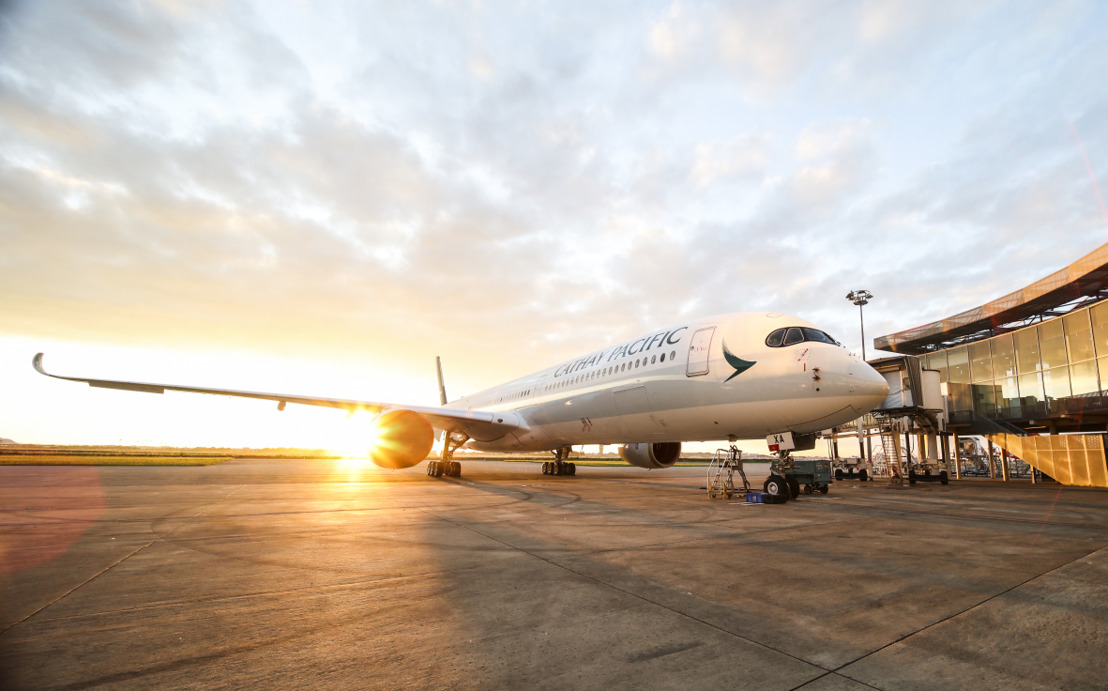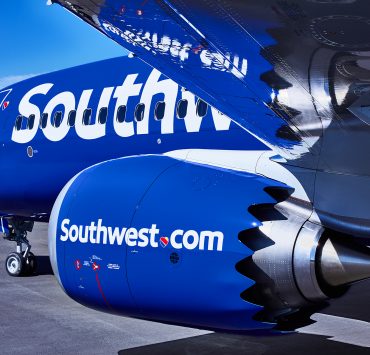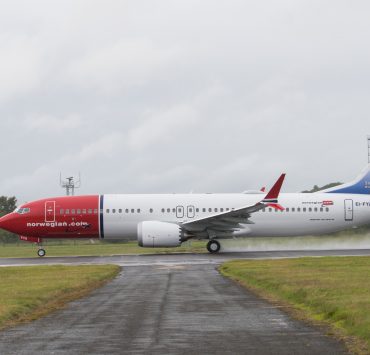
Cathay Pacific has released its annual financial results for 2018 and after three years of heavy losses, the airline has finally turned things around with a HK$2.3 billion profit (approximately USD $293 million). The airline had actually given us a heads up several weeks ago that it was expecting to turn a healthy profit but today’s announcement provides a little more information about how Cathay has got to this point.
The Hong Kong-based airline had been struggling for several years. In 2016, the airline recorded a loss of HK$575 million from a HK$6 billion profit the year before. At the time, Cathay said there were a number of factors impacting its performance, including “intense and increasing competition with other airlines” – not only from regional rivals and Middle East heavyweights but also a new breed of low-cost carriers and heavily subsidised mainland Chinese airlines.
Cathay’s chairman, John Slosar makes it clear that things are just as tough: “The environment in which our airlines operated was as ever difficult in 2018,” he explained. “Competition was intense, fuel prices increased and the US dollar strengthened.”
“Overcapacity in passenger markets resulted in intense competition with other airlines, particularly those from Mainland China. This put pressure on market yields on key routes particularly in the second half of the year.”
“Fuel prices increased for 10 months, before falling somewhat in the last two months of the year. The strength of the US dollar adversely affected net income in the latter half of the year.”
Slosar, however, attributes much of Cathay’s success on a three-year transformation plan that the airline put in place in 2017. The airline has made difficult cost-cutting decisions like cutting hundreds of Head Office middle management jobs, while also making investments in the passenger experience.
Cathay has also taken the controversial decision to refit its fleet of Boeing 777 aircraft with more seats in Economy – going from a 3-3-3 configuration to a 3-4-3 configuration. The extra seats have allowed Cathay to increase capacity at its capacity-constrained Hong Kong hub while also competing with rivals on price.
But the decision has not been popular with cabin crew who have also had a number of benefits and working conditions cut as part of the cost-cutting programme. The airline did, though, manage to reach a pay deal with cabin crew late last year – although the same can’t be said for pilots who recently rejected a deal that had been negotiated between the airline and their own union.
Finally, Cathay has also managed to reduce its fuel hedging losses – down to HK$1.4 million loss in 2018 from a HK$6.3 million loss in 2017. Fuel hedging is meant to provide certainty and potentially save money by buying fuel at an agreed amount over a given length of time – if fuel prices go up then an airline can save a significant amount of money. But if they go down, the airline is spending more than the market rate and essentially pouring money down the drain.
Cathay now plans to reduce its exposure to fuel hedging based on predictions that oil prices will continue to fall over the next 12-months.
Mateusz Maszczynski honed his skills as an international flight attendant at the most prominent airline in the Middle East and has been flying throughout the COVID-19 pandemic for a well-known European airline. Matt is passionate about the aviation industry and has become an expert in passenger experience and human-centric stories. Always keeping an ear close to the ground, Matt's industry insights, analysis and news coverage is frequently relied upon by some of the biggest names in journalism.









